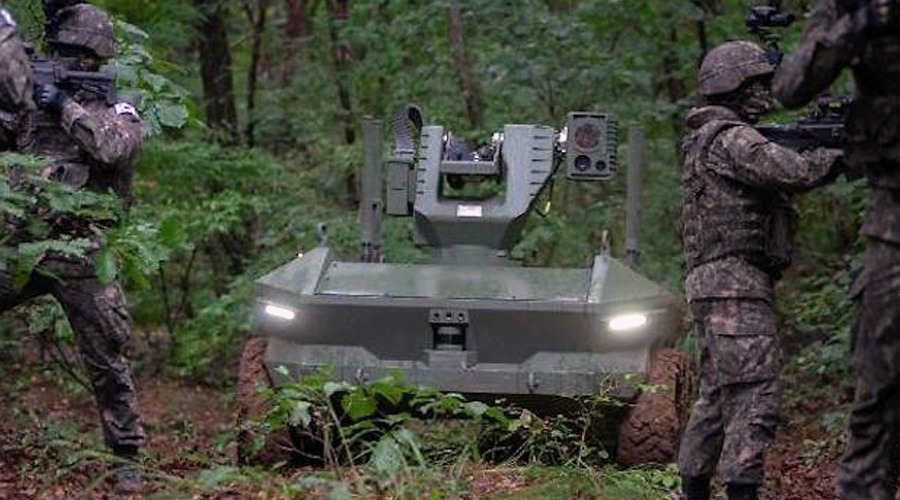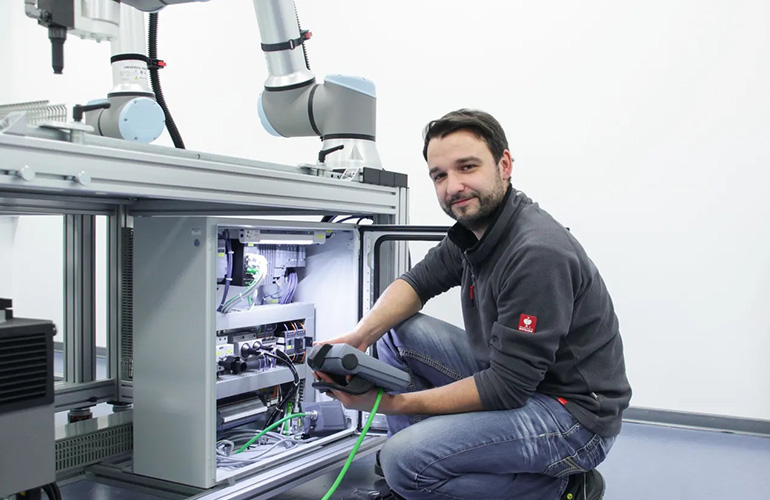Researchers leveraged machine learning to identify key factors predicting self-harm and suicide attempts in teenagers. They report their algorithm is more accurate than existing methods and could enable targeted assistance.
Adolescence represents a vulnerable period given physical, emotional, and social changes. In Australia, suicide is the leading cause of death for ages 15-24 per the Australian Institute of Health and Welfare. In the U.S., it ranks second for ages 10-14 according to the CDC.
Standard prediction relies solely on previous self-harm or suicide history as a risk factor, which may be unreliable. A University of New South Wales Sydney team used machine learning to determine main risks.
"We're turning to algorithms to process large amounts of information beyond a clinician's capacity," says lead author Ping-Yi Daniel Lin.
The researchers analyzed data on 2,809 teens from a national longitudinal study beginning in 2004. Participants were aged 14-15 and 16-17, with 10.5% reporting recent self-harm and 5.2% reporting a recent suicide attempt.
Over 4,000 potential risk factors were extracted across mental health, relationships, school, home life, and more. A Random Forest model identified the most predictive ages 14-15 factors for self-harm and suicide attempts at ages 16-17. Random Forest combines multiple decision trees into an ensemble model for greater accuracy.
The machine learning model's effectiveness was compared to using only previous self-harm or suicide history as predictors. It demonstrated good predictive capability for self-harm with an area under the curve (AUC) of 0.740, and excellent capability for suicide attempts with an AUC of 0.722.
Comparatively, previous self-harm predicted repeat self-harm with just a 0.645 AUC. Previous suicide attempt predicted repeat attempt with a 0.630 AUC, and previous self-harm predicted suicide attempt with a 0.647 AUC.
Lead author Lin said, "It was surprising that previous attempts weren't among the main risks. We found a young person's environment plays a bigger role than thought...good for prevention since we now know what we can address."
The researchers believe their model could enable individualized adolescent risk assessment versus stereotyping self-harm and suicide as solely mental health issues. Their work demonstrates machine learning's potential for uncovering multidimensional factors underlying complex human behaviors.


















